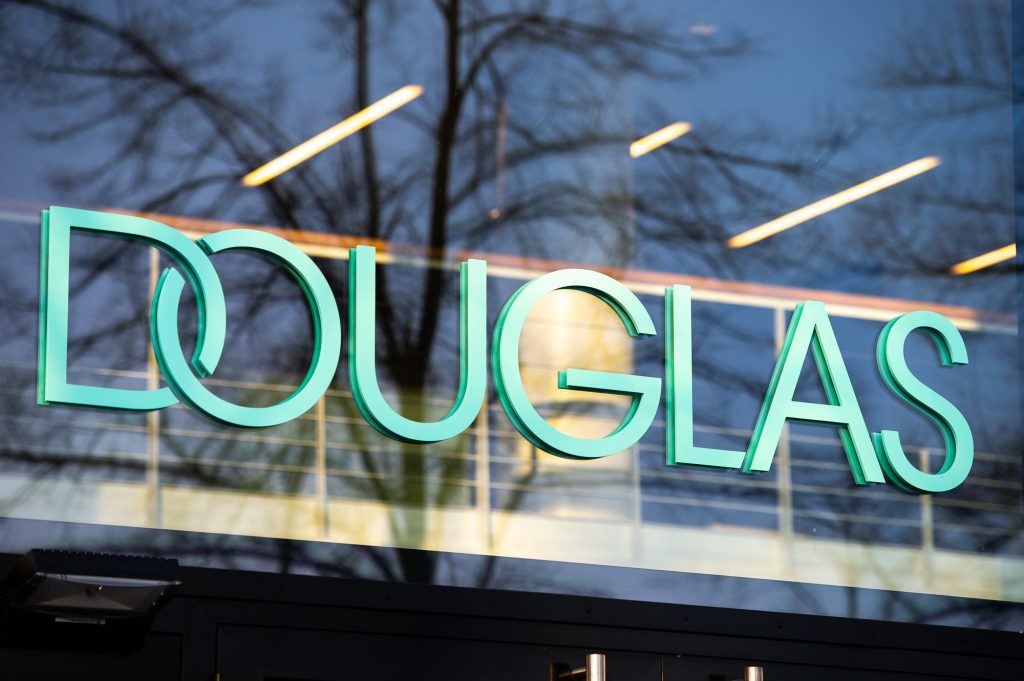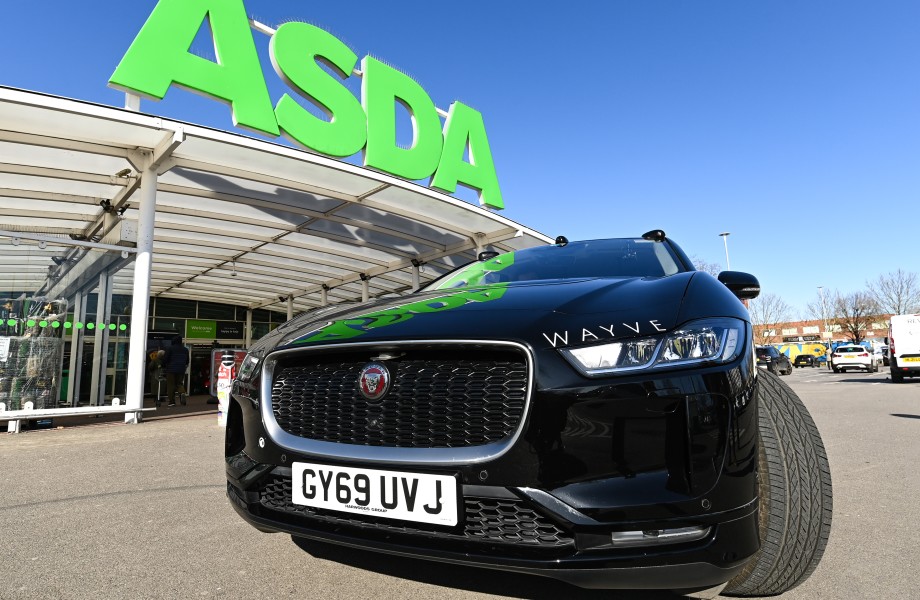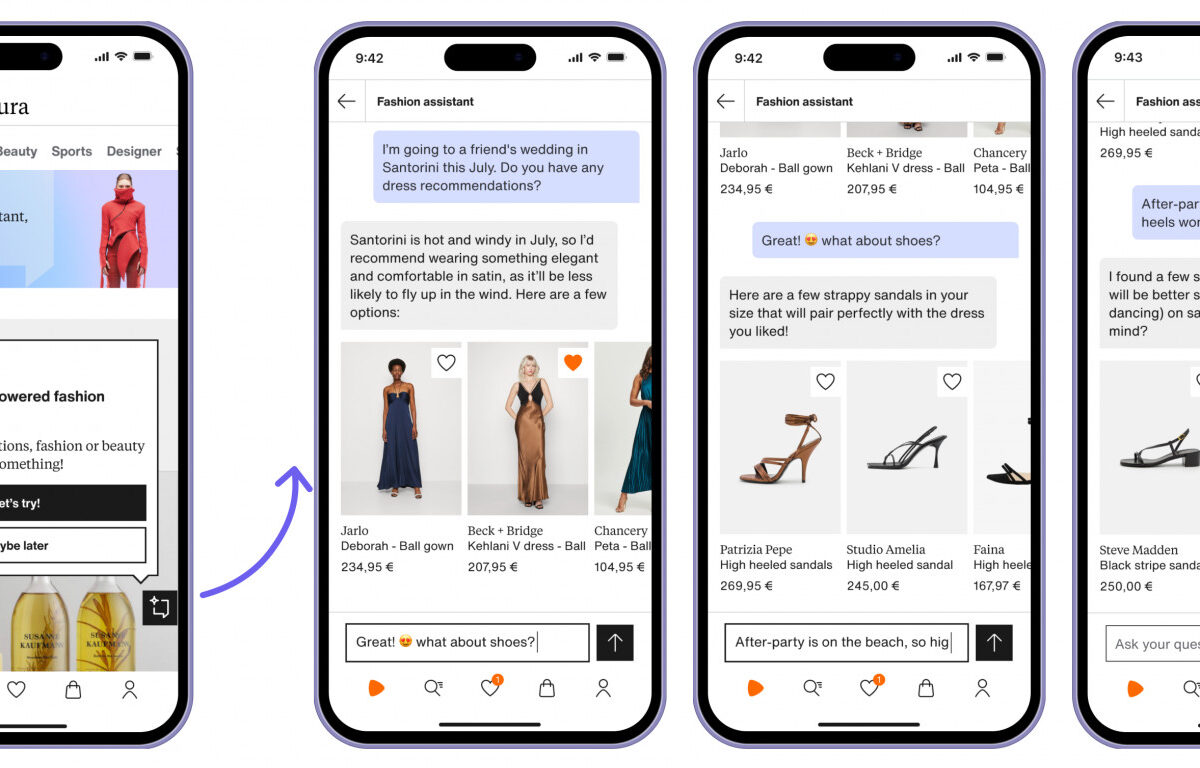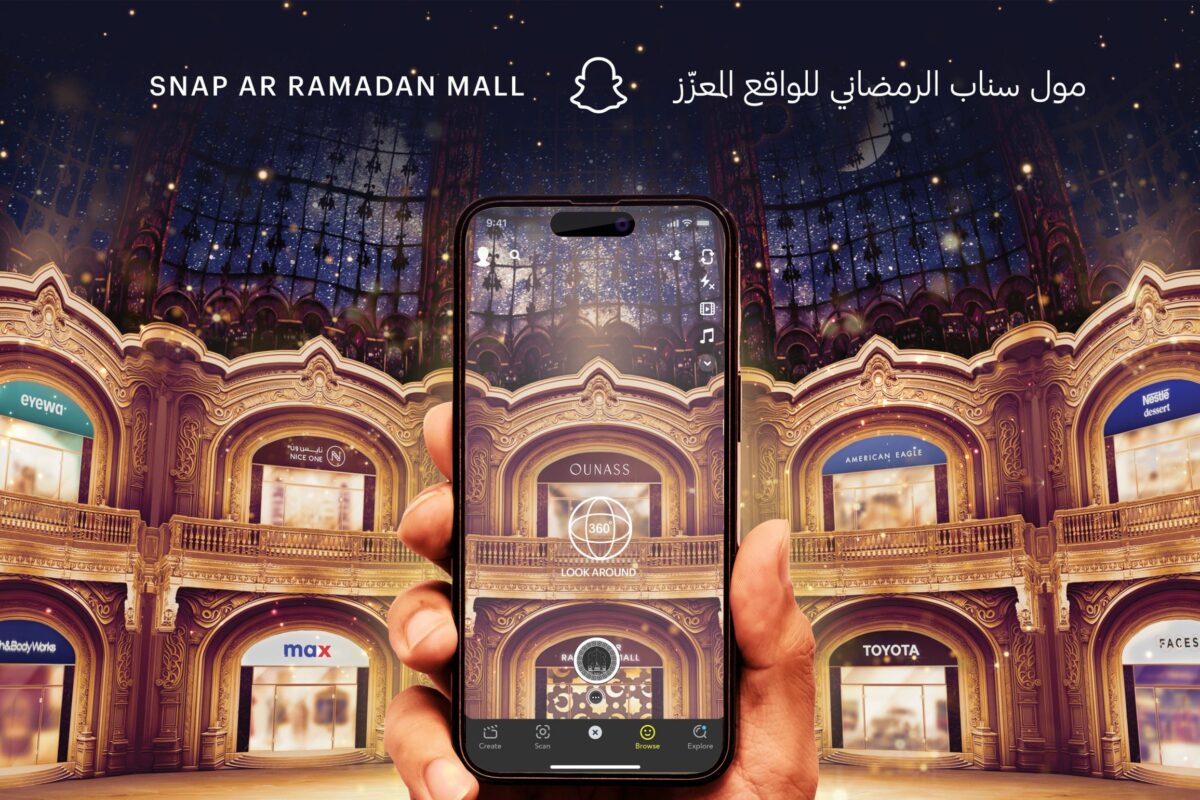GS1 US celebrates 50 years of digital commerce with GTIN and barcodes
Fifty years ago, on March 31, 1971, leaders from the biggest names in commerce came together and transformed the global economy forever by developing the Global Trade Item Number (known as the “GTIN”) – also commonly called the Universal Product Code (U.P.C.). This numerical code uniquely identifies products and is the core of the barcode, the most important supply chain standard in history.
Approximately three years later – on June 26, 1974 – a U.P.C. barcode was scanned for the first time on a pack of Wrigley’s chewing gum at a Marsh Supermarket in Troy, Ohio. Today, the barcode is scanned over six billion times daily and remains one of the most trusted symbols in the world. It is present on more than 100 million products and used by 2 million companies globally.
GS1 Standards such as the GTIN embedded in the barcode symbol continue to help make the vast complexity of modern global business flow quickly, efficiently and securely, simplifying supply chain processes in almost every sector around the world. However, as consumers demand more and better product information, industry is collaborating to bring barcodes to the next level.
A 2020 GS1 US research study titled “Powering the Future of Retail” revealed that 82% of retailers and 92% of brand owners support transitioning from the U.P.C. to a data-rich two-dimensional (2D) barcode (e.g., QR Code, GS1 DataMatrix), digital watermark and/or RFID.
Developments towards these next-generation barcodes, which can hold vastly more information, will be used to empower consumers with trusted information and reshape global commerce for a new century. Their use, for example, can tell consumers if a product contains allergens, if it is organic and information on its carbon footprint. Ultimately, this gives consumers a greater level of trust and loyalty relating to the products they buy.
These data carriers will also tell the supply chain, in machine-readable format, additional information about the product, like the batch/lot number and expiration date. Industry is prioritizing this effort and has aligned to have all products marked with a 2D barcode and retailers equipped to scan these new barcodes by 2027.
GS1 US has also published a guideline to help the retail industry implement GS1 Digital Link, a standard that allows brands to web-enable barcodes and provide consumers with rich product information. With a single scan of a 2D barcode that’s encoded with GS1 Digital Link, consumers can gain access to unlimited instantly updated and brand-authorized content online. GS1 Digital Link embeds the GTIN in a 2D data carrier and connects the physical product to the web.
Source: GS1 US




















